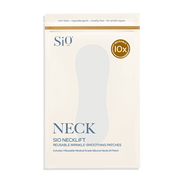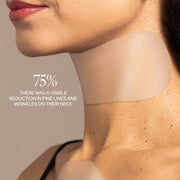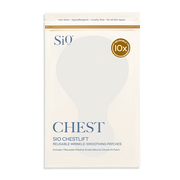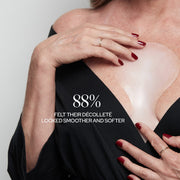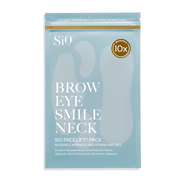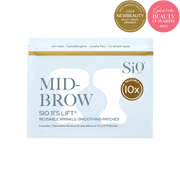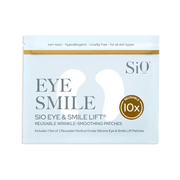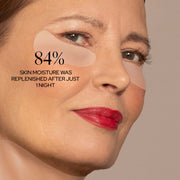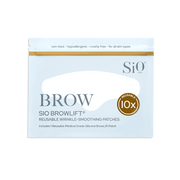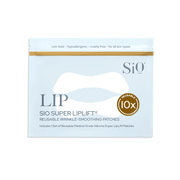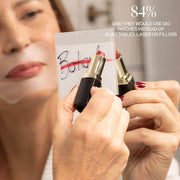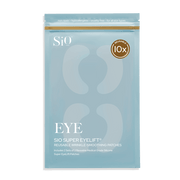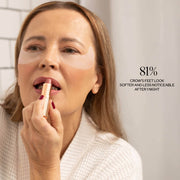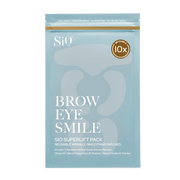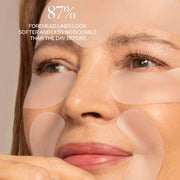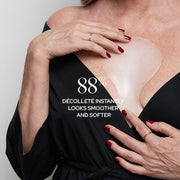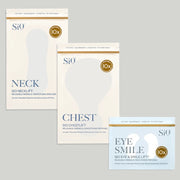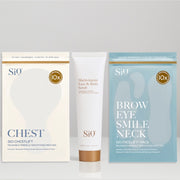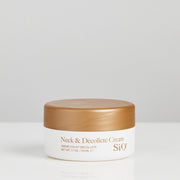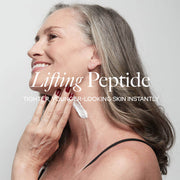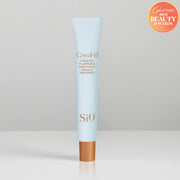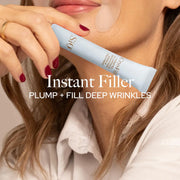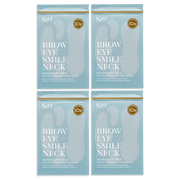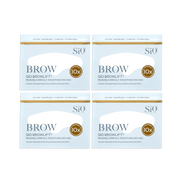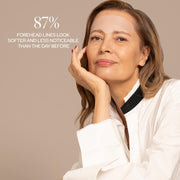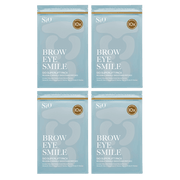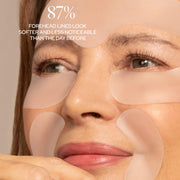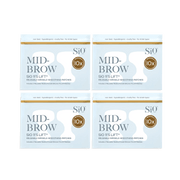Gelatin Face Masks: How To Make Your Own Gelatin Face Mask

Do-it-yourself face masks are all the rage right now, and we completely understand why. They take common household foods like avocado and coconut oil and transform them from tasty snacks to skin care powerhouse regimens. One of these common household items is gelatin. Mixed with other easy-to-find ingredients, the gelatin face mask can be used much the same as a Korean face mask or a charcoal face mask to lend a softer, younger appearance to your face, neck, and chest.

But why gelatin? What does it do for your skin? SiO Beauty’s experts will answer these questions and explain:
- How a gelatin face mask works
- What you should know before you try a gelatin face mask
- How to make your own gelatin face mask
Plus, we’ll show you a better way to softer, younger, wrinkle-free skin. But first, let’s investigate the science behind gelatin and how it works as a face mask.
Why Gelatin For A Face Mask?

Gelatin seems like such a simple thing. Gelatin plus some color and flavor are the basis for Jell-O, the wiggly, jiggly treat we all loved as kids. So why would it be useful as a skin care product? And more specifically, why would it be useful in a face mask?
To answer the first question, gelatin is useful as a skin care product because it adds new collagen to your skin and promotes the growth of the collagen that is already there. Why does it do that? Because gelatin is itself dried animal collagen. That’s right, gelatin is collagen extracted from the skin, bones, and connective tissue of animals such as fish, pigs, cows, and chickens. You get the most benefits by ingesting the gelatin—bet you didn’t know that eating Jell-O was good for your skin—but you can also reap some rewards by applying it directly to your skin. Hence its inclusion in many anti-aging creams, lotions, and balms.
To answer the second question, gelatin is useful as a face mask because it binds together when mixed with a liquid and allowed to dry. The gelatin also tends to become sticky and will bond with skin over the course of a few minutes. It’s this gentle adhesive property that becomes important when you use gelatin as a face mask ingredient. That brings us to the next relevant question.
How Does A Gelatin Face Mask Work?
The gelatin face mask is very similar to other peel-off face masks: it puts certain things into the skin and takes other things out. As gelatin face mask dries, it infuses your skin with moisture and nutrients that stimulate and promote collagen growth, heal damaged skin, improve elasticity, and add volume. While this is going on, the gelatin is also lightly binding to the dirt, oil, dead cells, and toxins that are on the surface of your skin. When you peel off the dry mask, the dirt, oil, dead cells, toxins, and even a small layer of your skin go with it. This exfoliation reveals the newer, softer skin underneath. That’s why your skin always feels smoother after you remove a cosmetic mask.
As good as all this sounds, gelatin face masks aren’t all they’re cracked up to be. There are some important things you should know before trying this skin care option.
What You Need To Know Before You Try A Gelatin Face Mask

Peeling off a gelatin face mask can sometimes hurt...a lot. All peel-off masks are different, but if the funny and tragic videos of people struggling to remove these products are any indication of the pain involved, the gelatin face mask might not be your best bet.
And because the gelatin face mask removes skin as it is peeled off, the process can result in red patches. This discoloration is only temporary but we suggest you do your first peel at night before bed. That way, you don’t have to go anywhere and your skin will have time to fully repair itself.
It’s also important that you don’t use flavored or colored gelatin. Those additives can stain your skin which may require several days to completely remove. Stick to the plain old, unflavored, uncolored gelatin and you’ll be fine.
How To Make And Use Your Own Gelatin Face Mask

Here’s what you’ll need to mix your own gelatin face mask:
- 1 package unflavored, uncolored, food-grade gelatin. You should be able to buy this in any grocery store or market.
- Whole or 2% milk. Really any type of milk will work, but the more fat and lactic acid the better. That’s why we suggest whole milk.
- Measuring spoons
- Small microwave-safe bowl or cup
- Honey (optional)
- Old makeup brush (optional)
- Measure 1 tablespoon of gelatin into your microwave-safe bowl or cup.
- Add 2 tablespoons of milk.
- Mix well until the gelatin takes on a thick, goopy, glue-like consistency.
- Microwave the mixture for 15 seconds.
- Remove the bowl or cup from the microwave. Be careful, it may be hot.
- Test the temperature by sticking a finger or two into the gelatin. It should be warm to the touch but shouldn’t be so hot that it burns. At the same time, it shouldn’t be too cool or the gelatin won’t set up right. If the mixture is too hot, let it cool before testing it again. If the mixture is too cool, microwave it in five-second intervals until it’s just right.
- Optional: Stir in 1 tablespoon of honey. Be sure to mix well so the honey is completely dissolved.
When the mixture becomes thick and goopy again, it’s time to apply it to your face. Using your fingers or an old makeup applicator, spread the gelatin mask all over your face. Avoid your eyebrows, the skin around your eyes, directly on your lips, and anywhere that you have hair you don’t want ripped out. Remember, peeling off a gelatin mask can be like waxing your face so apply accordingly.
Let the mixture dry for fifteen minutes. Once the allotted time has passed, start at the bottom (you jawbones and your chin) and peel the mask upward. When you’re finished, you can rinse off any excess with lukewarm water. It’s recommended to not use any cleanser at this point as it may irritate the tender skin. Finish the process by splashing your face with cool water to close and tighten pores. If you absolutely have to leave the house after peeling off the gelatin face mask, be sure to apply an SPF 30 or 45 sunscreen to protect the newly-exposed skin.
As fun as making your own gelatin face mask can be, sometimes you need a more powerful way to keep your skin smooth, healthy, and wrinkle-free. That takes us into our next section.
The Best Way To Clear, Beautiful Skin
The best way to achieve clear, beautiful skin isn’t with a DIY mask. Here’s the process in detail.
Get Advanced Healing By Wearing A Silicone Patch While You Sleep
Wearing a silicone skin patch while you sleep is the best way to prevent new wrinkles from forming or correcting existing wrinkles while providing your skin with the moisture it needs. The silicone creates a healing microclimate between your skin and the patch itself. That microclimate pulls moisture from your lower layers of skin and concentrates to the surface. This moisture then serves to hydrate dry areas, visibly smooth out wrinkles, and plump skin.
The best silicone skin patches are those offered by SiO Beauty. SiO Beauty patches come in five unique shapes so you can get targeted healing while you sleep.
Just cleanse the skin with an oil-free cleanser, dry completely, apply the pad(s) of your choice, and then get a good night’s sleep. During those eight to ten hours, your skin will be soaked in healing moisture. In the morning, remove the reusable pad and store it in its protective packaging. Then, use your favorite moisturizing serum to lock in moisture and hydration for the rest of the day.

